Hot and Fast Brisket: Done In Half the Time
Brisket is meat alchemy. You take a tough, useless cut of meat full of iron-like connective tissue and turn it into smooth, soft, smoky, savory meat pudding! But, if there’s anything to dislike about brisket, it has to be that it takes seemingly forever to cook. 12 hours? 18 hours?!? There’s no way to cook a brisket on a whim and have it the same day. Or is there?
Though the low-and-slow method of brisket cookery is by far the most classic method, there are those who also swear by a hot and fast method. Here, we’ll discuss the temps and tricks you need to cook your brisket in half the time. Buy it Saturday morning, have it ready for an early dinner! What a concept.
Faster brisket: what’s happening?
The traditional method of smoking a brisket low-and-slow evolved to handle the high collagen content of brisket, though the pitmasters at the time didn’t know that. Given the origins of BBQ in small pithouses and fields and the lack of aluminum foil during said evolution, it makes sense that the lower, slower method predominated. But there is another way.
You see, collagen breakdown is a function of both time and temperature. That means that it breaks down faster at higher temperatures. And that means that by increasing the temp of your BBQ cook, you can get your brisket done significantly faster.
Are there challenges to this method? Yes. You can’t just chuck a full packer into a 325°F (163°C) smoker and come back in five hours to find melty, juicy perfection. There are some thermal considerations you have to take into account.
First, with a higher temperature, the bottom side of your brisket is more likely to get scorched, so it’s important to cook it fat-side down. (Most pitmasters recommend this anyhow, but it’s especially important with this method.)
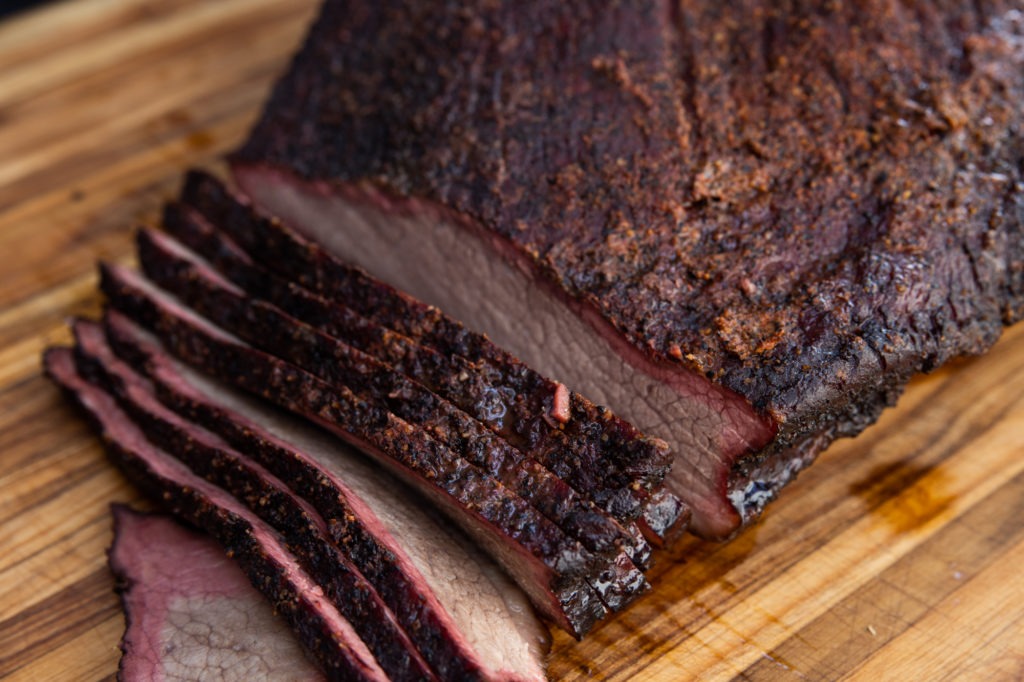
Second, the high heat does not eliminate the stall. Your brisket’s proteins are still going to squeeze water out, and that water will still cause evaporative cooling. A crutch is essential here, and it should be a full-on tinfoil crutch. Wrapping your brisket in foil after the bark has set (at about 160–170°F [71–77°C]) will create a high-humidity environment for it to cook in, preventing evaporation and the associated cooling. And because the brisket can’t “sweat” itself cool, the higher temperature will be able to break down that collagen faster than a lower temp would.
You still need to cook your brisket to about 203°F (95°C), but there is a good chance it won’t be completely tender by the time you get there. You still need to check the tenderness with a knife, a probe, or by jiggling the whole thing. We cooked one easily within a workday, clocking in at about 6.5 hours. But it was a 16 lb packer—a smaller piece would cook faster.
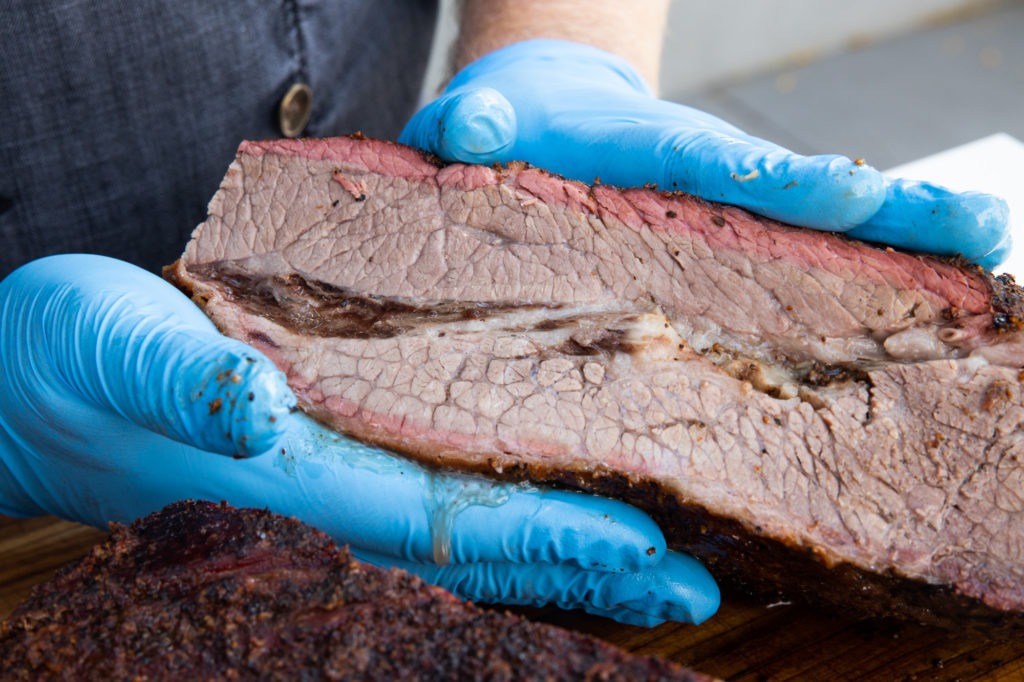
Though anathema to many, the higher-faster route to brisket is used by such BBQ gurus as Myron Mixon and Malcom Reed, who said of it:
[M]y hot and fast brisket turned out really good. I was more than pleased with it. Not sure I would go to bat with it in a contest, but I would definitely be confident to serve it if you came over for a Saturday BBQ.”
–Malcom Reed, HowtoBBQright.com
Though people may disagree, I say that tradition is not the highest good in BBQ. And any way to get smoky, tender, juicy brisket to my plate faster is surely a welcome option!
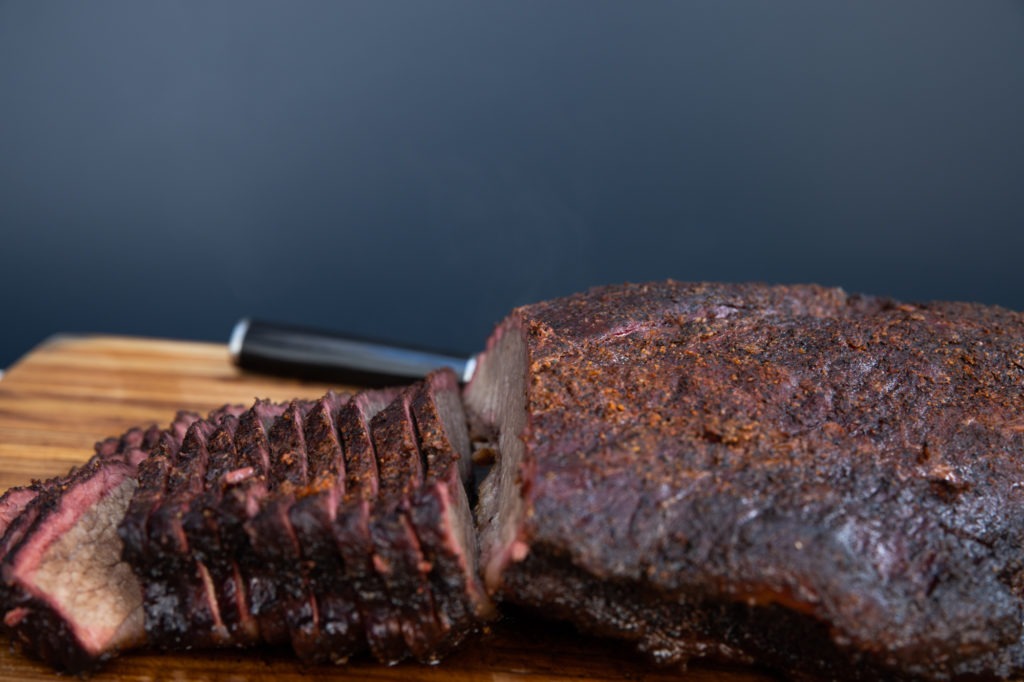
High-heat Brisket Recipe
This method is adapted from Chris Allingham at The Virtual Weber Bullet
Ingredients
- 1 full packer brisket
- Rub of your choice
- Yellow mustard to act as a binder
Instructions
- Trim your brisket, but not as much as you normally might. Get the big fat seam from between the flat and point, but you don’t need to trim the rest of it as deeply as for a low/slow cook.
- Rub the brisket with mustard and your favorite rub.
- Place the brisket fat-side down in a smoker preheated to 350°F (177°C). Using a Signals multi-channel thermometer, place one probe in the flat and one in the point. Set the high-temp alarms on each channel to 170°F (77°C). (170°F will ensure better bark formation than 160°F.)
- Use the third channel to monitor the air temp of your pit. Set the high alarm to 375°F (191°C) and the low-alarm to 325°F (163°C).
- Smoke the brisket until the internal temp reaches 170°F (77°C).
- Wrap the brisket in a double layer of aluminum foil.
- Place the brisket back in the smoker, fat-side up.
- Reinsert the probes into the point and flat, setting the high-temp alarms for 203°F (95°C).
- When the alarms sound, verify the temp with your Thermapen®, and also verify that the probe of your Thermapen encounters little to no resistance going through the meat. Your brisket may need more time to finish breaking down the collagen.
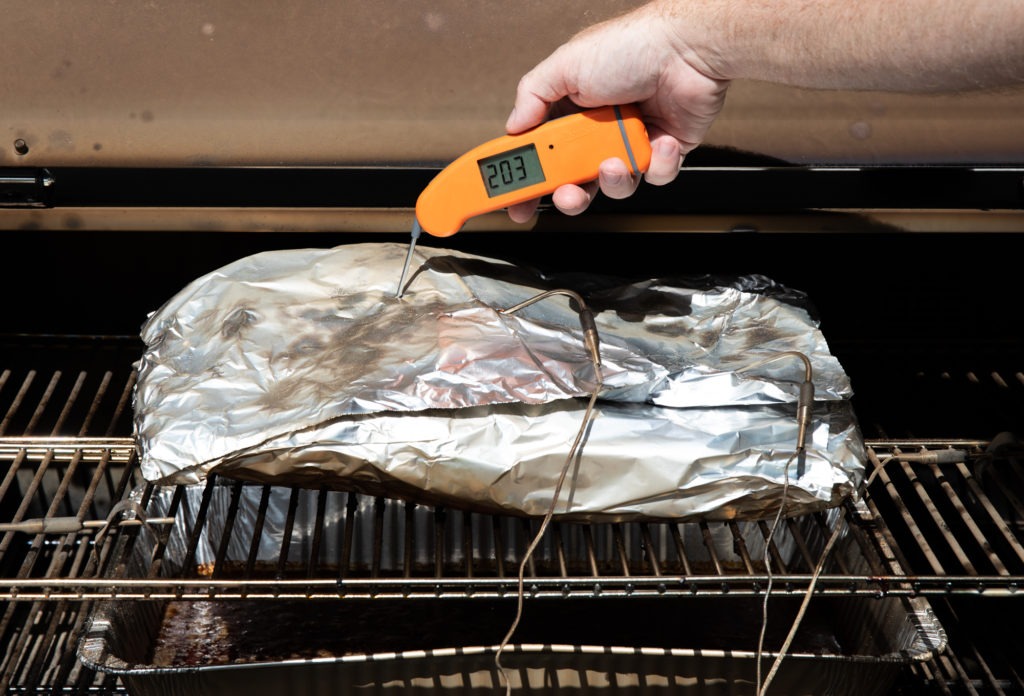
- Once your brisket is properly tender, remove it from the smoker, let it rest for a half-hour, and slice it up.
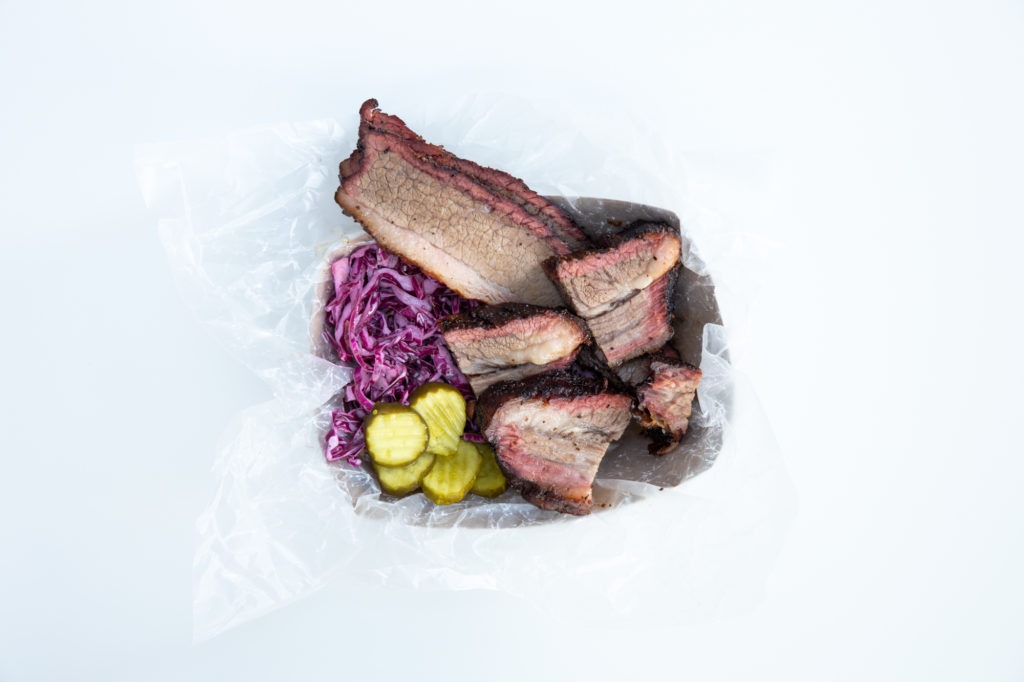
With a little thermal knowledge, tools like the Signals™ 4-Channel Alarm and the Thermapen®, and a willingness to break outside the traditional BBQ box, you can have brisket in less than half the time of a low-and-slow cook. It’s smoky, it’s tender, it’s juicy, and it’s ready by dinner time. Give it a try!
To learn more about how to cook brisket right, take a look at our Brisket Primer.
Shop now for products used in this post:
Thermapen 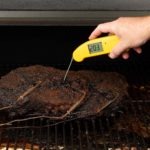 | Signals multi-channel thermometer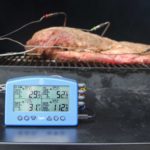 |
|---|


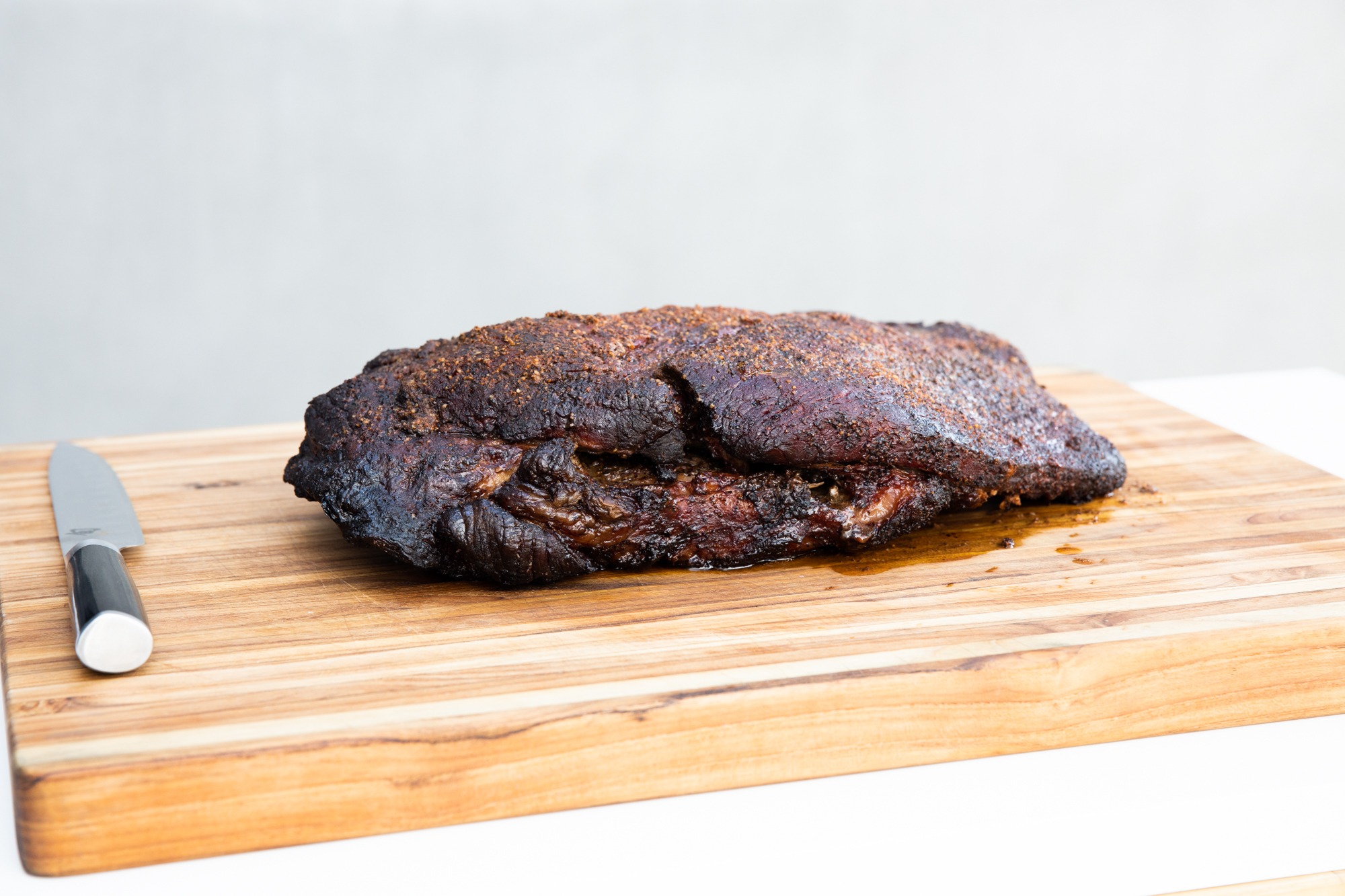
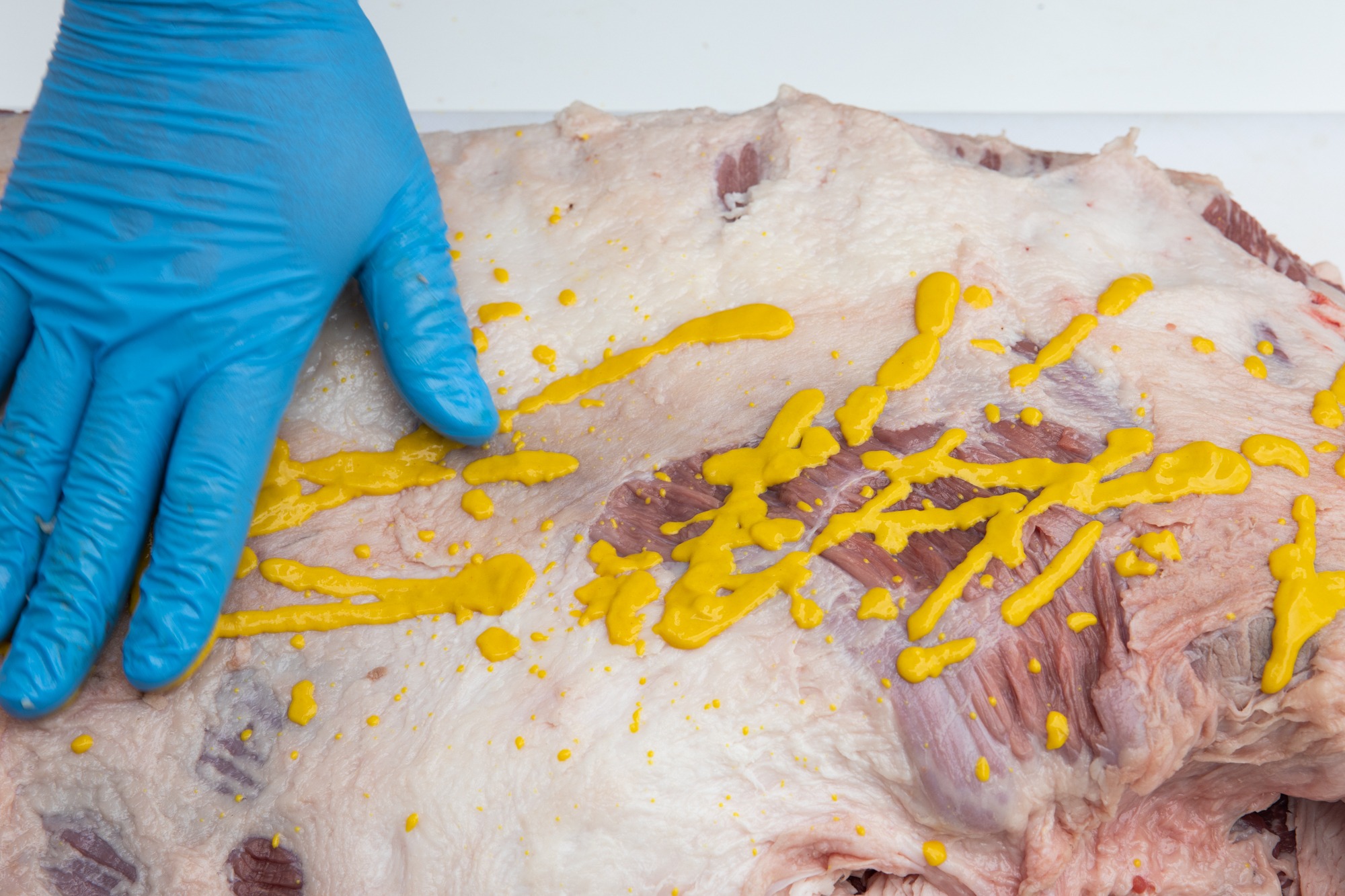
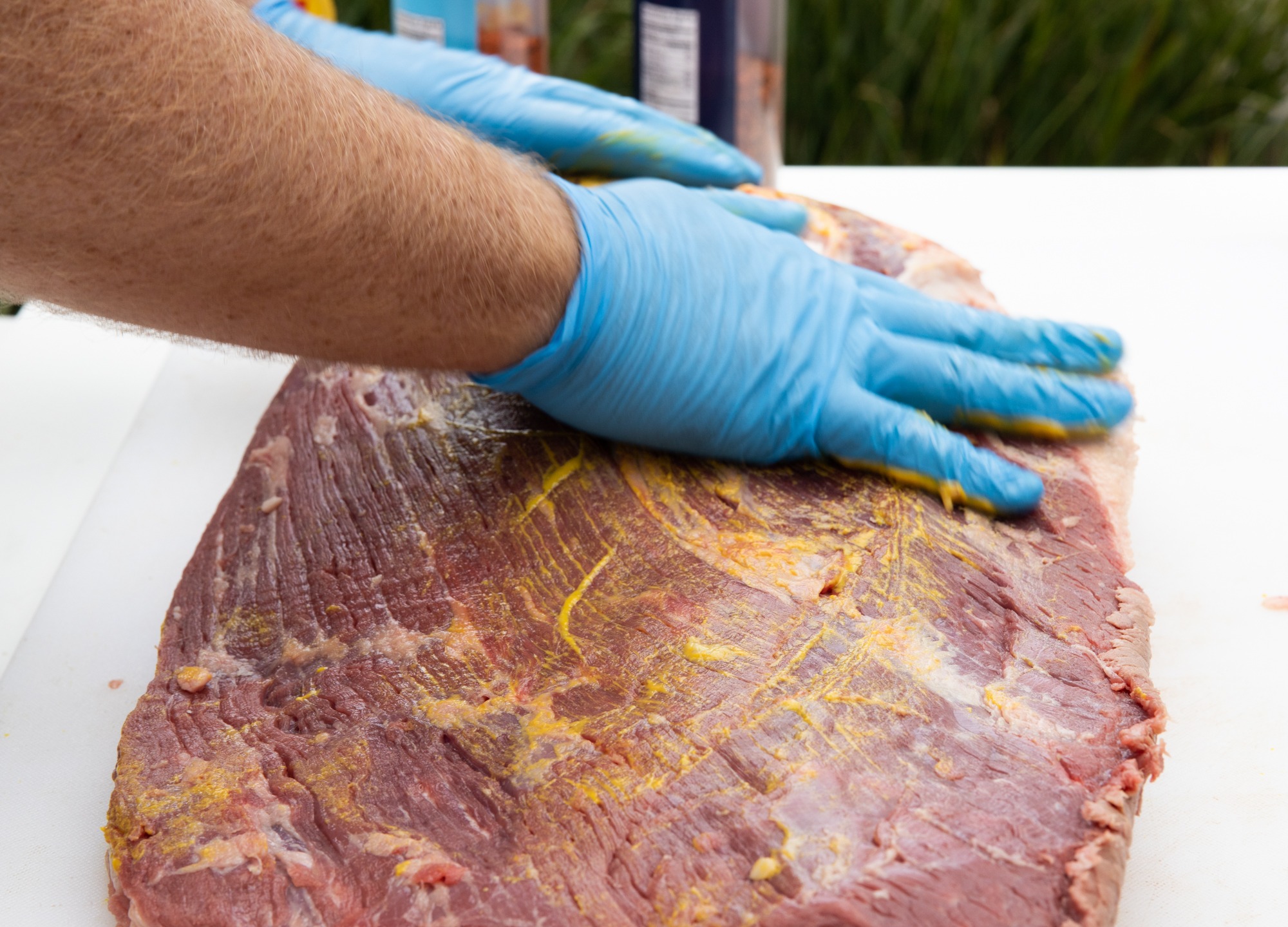
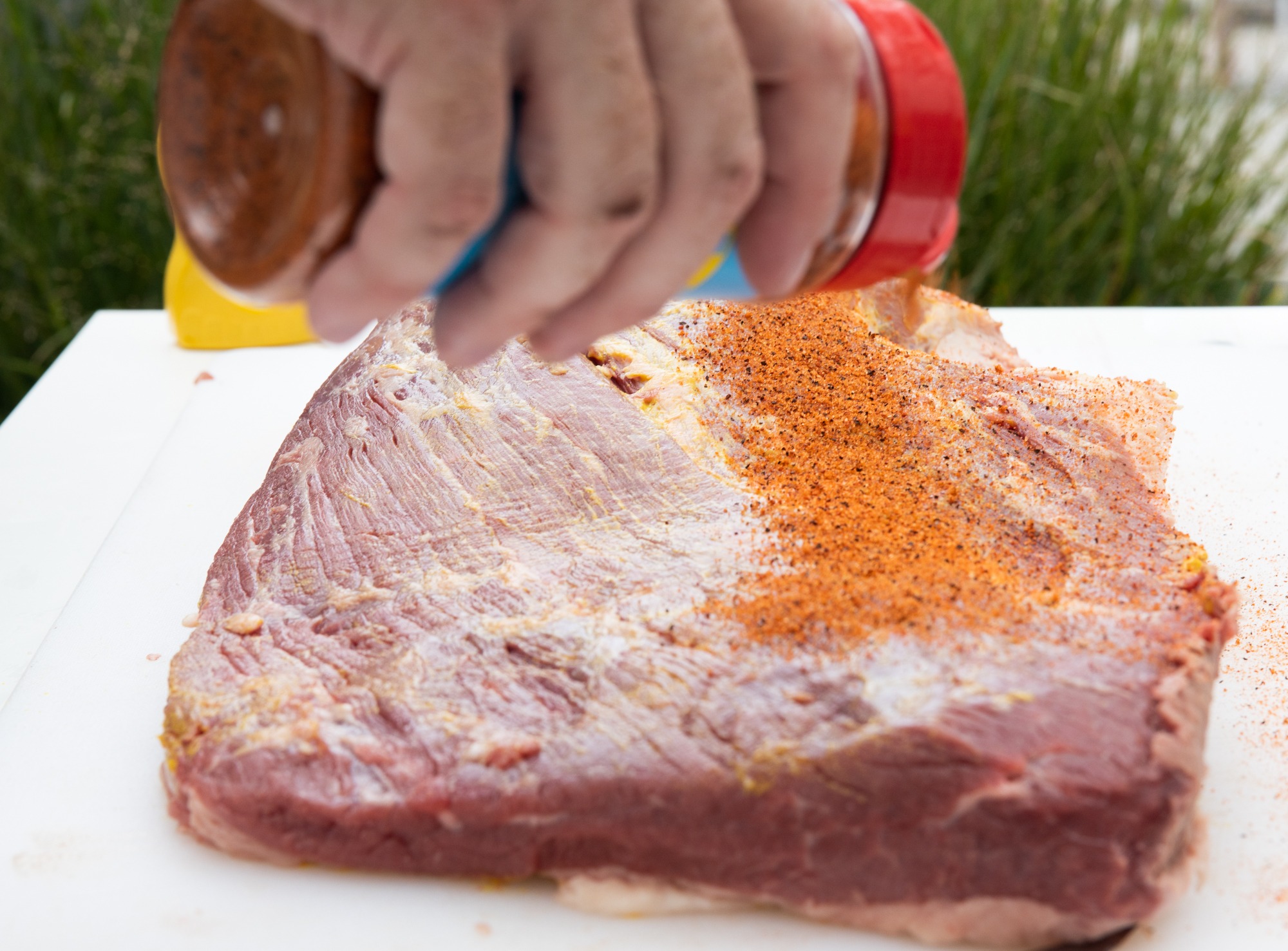
This brisket looks too well done and tough to me.
Agreed. But willing to try it in a bind
Should the point and flat be separated since they might not reach 170 at the same time to be wrapped?
Jim,
Fair question. I’m am personally an advocate for splitting the flat from the brisket in almost all cases. Even when cooking low-and-slow, the point and falt will get to the wrapping point at different times, and understanding how to navigate the differences in the two muscles is a bog, long process that involves a lot of poorly cooked brisket. I have not yet mastered that, so splitting them up sounds great to me.
If you leave it whole, you’re going to have to make a choice about which temperature to listen to, the flat or the point. It’s a personal call.
Late to the party… but I keep them together until the flat reaches temp. Then I pull them apart at the fat seam, re season on the fat seam, and put them back on.
How would you do this (or similar) brisket in a home oven?
John,
In an oven, you could do it exactly the same way. I’d throw some onions and herbs into the pan with it, if it were me, but the concept remains the same. Cook it at 350°F until you get to 170°F, then cover the pan in foil to trap in the steam and juices from that are escaping from the meat. Continue to monitor it until it is about 203°F and very jiggly.
Would this work with a pellet smoker?? Or an hour or two of “PRE-smoke” before the 350f temperature?
Thanks
Kirk,
It’d work great in a pellet smoker. If you wanted to “pre-smoke” before kidding up the temp to infuse more smoke flavor, that would probably work very well, also.
Give it a try and let us know!
Martin not a lot of smoke per day at higher temperatures but adding an hour or two at 180-225 or so strictly for the smoke would be worth the little extra time.
Thanks
Go to Amazon and search on pellet smoker tube. You fill it with pellets place it in the Traeger and light the pellets in the tube. Lots of extra smoke.
Since using a Pit Barrel Cooker I can now get lots of sleep or actually sleep in prior to a cook.
I no longer need to monitor multiple probes in the pit or in the meat. I now only use and love the Thermo Lollipop thermometer. I can cook full packard briskets 6 – 7 hours and achieve phenomenal results! I’ve even hung and smoked two brisket at once (27 lbs. of meat!); the barrel can manage lots of meat!
I can’t wait to try this method of smoke cooking brisket. As soon as I can afford this equipment I will be purchasing these thermometers.
Tim,
When you try this method, comment and let us know how it goes!
Instructing people to
Cook based on temp is not helping. Cook based on feel and color before wrapping makes more sense. Feel rather than temp for tenderness also makes more
Sense. As a successful comp
Pit master I would recommend instructing people on cooking to feel rather than absolute temps. Just my opinion.
Feel i important, but it comes from lots and lots of practice. Temps are a fantastic guide to know when to start feeling, etc. We do say in the post to cook to 203°F and then to check the feeling with a probe or a squeeze.
Thanks for your reaearch. Had heard about “Hot & Fast” on TV but was not sure how it was done.
In this example of “Hot & Fast,” you smoked a 16 lb packer brisket in about 6.5 hours at 350 F.
How big (in pounds) of a brisket did you smoke in your earlier article
https://blog.thermoworks.com/beef/smoked-brisket-a-how-to-primer/
when your “foil technique” brisket finished in 7 hours and 6 minutes at 250 F?
Norman,
I don’t remember exactly, but it was probably in the 12 lb range. So not a lot of time savings over the foil wrap, but some.
Before I got my Weber Smokey Mountain, I smoked 10-12 lbs prime brisket on my Weber 22″ charcoal grill indirectly with no issues, and it was hot and fast. I kept the temp ~250-275°F. I would hit the stall at about 3-3 1/2 hrs, wrap it with butcher paper, and it would come up to 203°F in another 2 hrs. I rested it for 2 hours and it was phenomenal. For all the angst out there in regards to brisket, it’s pretty damn easy, IMO. Do all your basics properly, with the first on the list, use prime beef, period.
I’ve always found that a Prime brisket smokes faster (maybe due to the extra fat?)
Your commentary says crutch “after 160” but your instructions say 170, which I agree is after 160 but why not say “after 160” in both?
I made edited in some comments on that. Thanks!
On a pellet smoker at 325, how long would you say 2 small 5 pound briskets take? 3+ hours? Found em in the freezer!
I’d plan on about 4 hours.
Quit telling everyone to take brisket to 203 with out an altitude caveat!!! Water boils at 198 at my house took me 2 seasons to hit the no duh moment and stop making brisket jerkey. better recommendation is to stay 5-10 degrees under boiling point of water AT YOUR ALTITUDE and not to exceed 205. under 190 add a 2 hour hold at temp. ie at 7500 ft take your meat to 188 internal turn pellet smoker back to “smoke” and hold for 2 hours.
Thanks, I haad been using your method (Texas Crutch) on both Pork shoulder and briskets. In both cases, I ended up with good smoke taste, tender and juicy meat. I doubt I would go back to the old method.
Great advice Martin. I did a pork butt hot and fast a couple years ago for the first time. It turned out excellent. Like I smoked it low and slow for 15 hrs. After that I tried the same thing with a 17lb prime brisket. Total time with rest was 9 hrs and was the best tasting brisket I made. Hot & fast is my go to method.
FOUR time world BBQ champion Myron Mixon cooks his brisket in about 3-4 hours. I bought his book, and he outlines his process. I tried it and it works!
We should try his method!